April 15, 2025 | 22:11 GMT +7
April 15, 2025 | 22:11 GMT +7
Hotline: 0913.378.918
April 15, 2025 | 22:11 GMT +7
Hotline: 0913.378.918
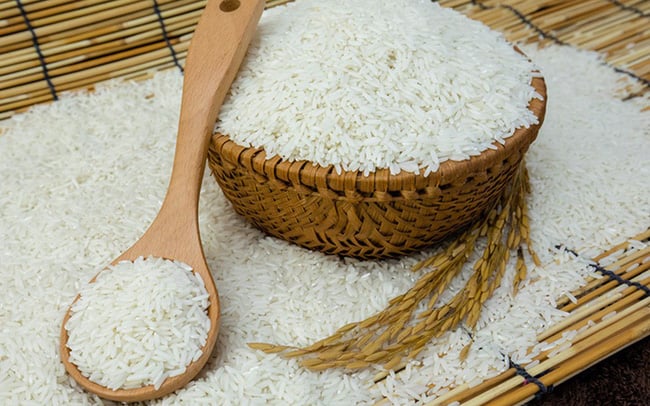
Rice prices in the Bangladesh market are increasing sharply. Photo: TL.
Bangladesh's National Board of Revenue (NBR) has agreed to cut the tax on imported rice from 25% to 15%, according to the Vietnam Industry and Trade Center (VITIC). The new tariff level is in force until the end of October.
The information is what caused a 10% rise in the price of non-basmati rice, India's premium rice, in only three days (August 15-17). As a result, the price increased to 35 rupees from 32 rupees.
The decision was taken in response to a request by Bangladesh's Food Ministry. The government is encouraging companies to import rice in order to maintain local rice prices at a level that will have a minimal effect on people's standard of living.
Last December, Bangladesh lowered the tax on imported rice from 62.5 percent to 25%, aiming to avert a rise in rice prices.
According to the Bangladesh Trade Corporation (TCB), the price of raw rice in July rose by 4% on a monthly basis, to an average of 44 takas per kg, 38% more than the price of rice imported from India.
Prices continued to rise in August, with mid-August raw rice in Dhaka costing 46-50 takas per kg, up from 44 takas a month earlier; medium milling rice costs 50-60 takas per kg, while improved rice costs 65-78 takas per kg.
Bangladesh produced 38.6 million tons of rice in the 2020-2021 crop year, an increase of more than 6% over the previous harvest. Rice consumption is about 34 million tons per year.
Bangladesh is Vietnam's sixth-largest rice export market. Vietnam sold almost 53,000 tons of rice to Bangladesh in the first seven months of this year, worth USD 32 million, a rise of 9,323 % in volume and 10,972 % in value.
Translated by Linh Linh
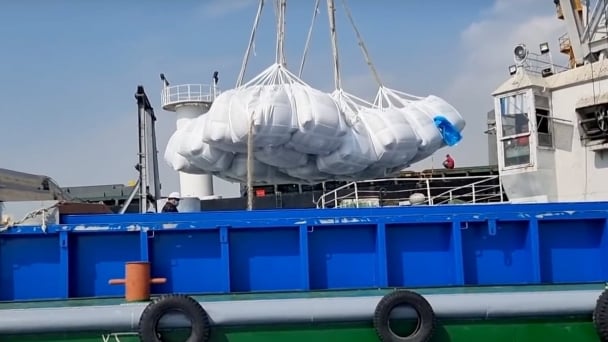
(VAN) The Philippines is making efforts to diversify its rice import sources in order to reduce its dependence on Vietnamese rice. However, Vietnamese rice has managed to maintain its strong position in this market.
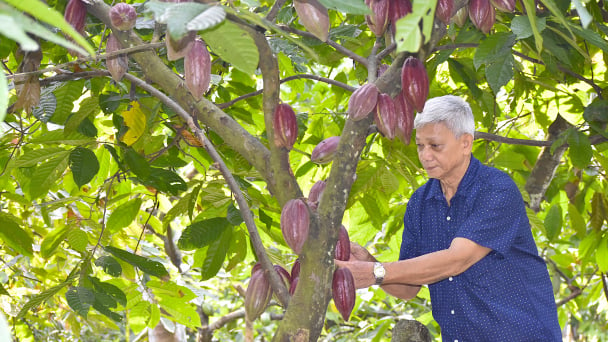
(VAN) In the Mekong Delta, cocoa has provided stable economic returns for many years. Recently, a surge in cocoa prices has created a strong incentive for farmers to expand their cultivation areas.

(VAN) Product quality, branding strategy, and technology innovation are key factors for Vietnamese bird’s nest to establish its foothold on the global map.
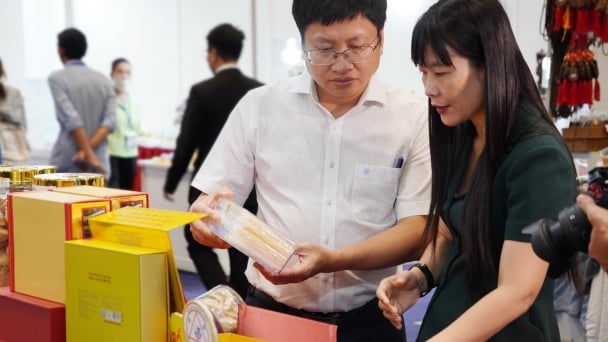
(VAN) KOCHAM Deputy President expects that Vietnam would accelerate innovation and development of bird’s nest-based products as a representation of Vietnamese culture.
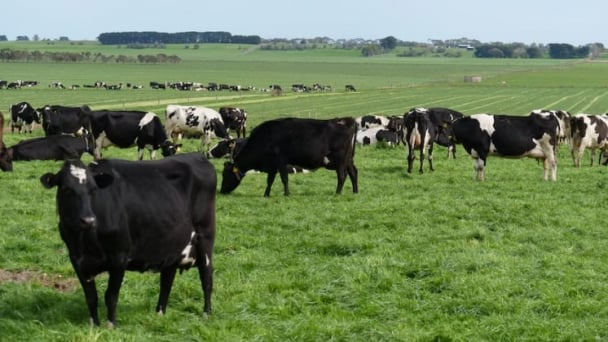
(VAN) Imported dairy products are weakening the local industry, according to dairy farmers and processors.
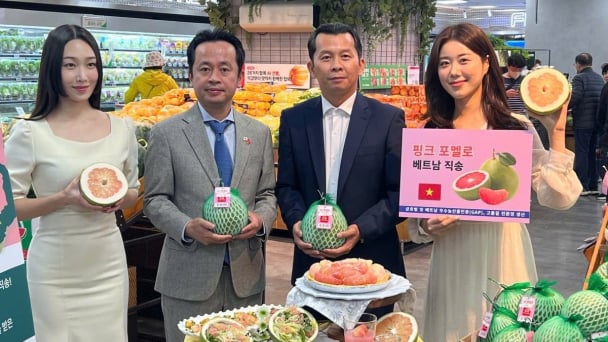
(VAN) April 10 marked a significant milestone for Vietnam's agricultural exports as Vietnamese pomelos officially became available at the Lotte Mart supermarket chain in South Korea.
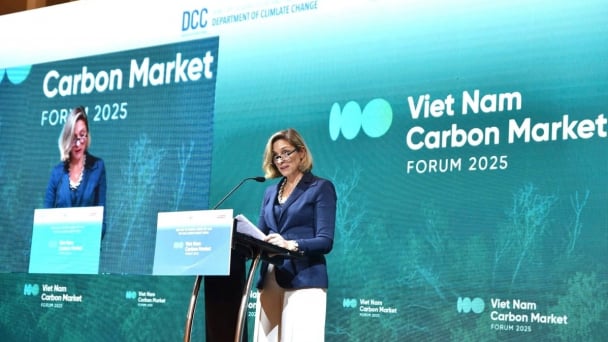
(VAN) Vietnam is focusing on developing the legal framework and technical infrastructure for the carbon market, with committed support from global financial institutions.